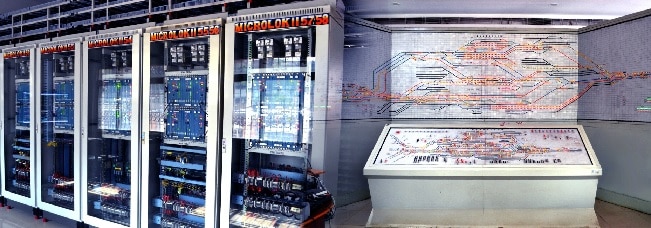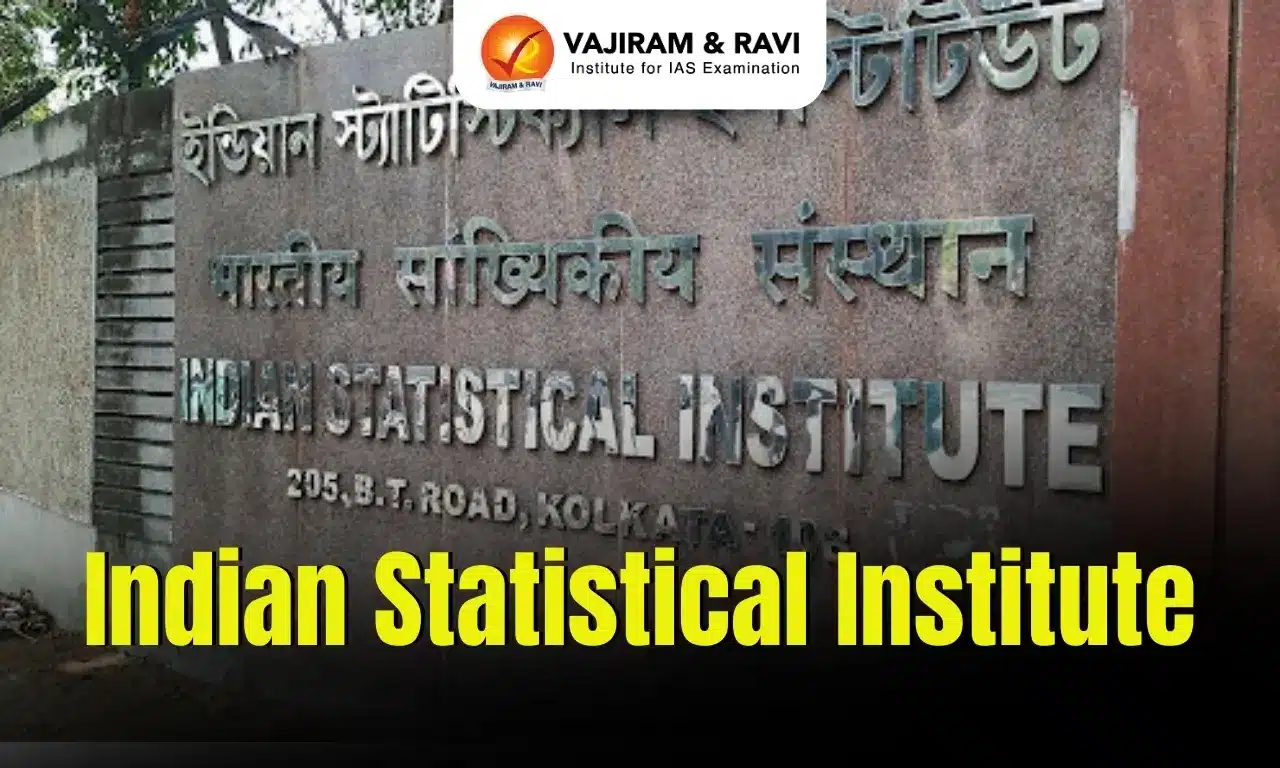What’s in today’s article?
- Why in news?
- What is interlocking system?
- What is electronic interlocking (EI)?
Why in news?
- An electronic track management system used by the railways has become the focus of investigations after the recent train crash in Odisha’s Balasore district.
- The crash, involving two express trains and a goods train, left 275 passengers dead and more than 1,000 injured.
- Minister for Railways Ashwini Vaishnaw said a change made in the electronic interlocking and point machine led to the accident.
What is interlocking system?
- Interlocking in railway signalling systems is a crucial safety mechanism used in the operation of train movements on railway tracks.
- It refers to a mechanism that controls the movement of trains to ensure trains move safely through a controlled area.
- The system is an arrangement of signals and points, which may be inter-connected mechanically or electrically or both.
- These arrangements operate in a manner so that a train can move from one track or junction to another safely, without coming in the way of another train.
What is electronic interlocking (EI)?
- About
- EI is an advanced signalling, computer-based system that uses electronic components to manage the movement of trains and the configuration of tracks.
- The EI, which is based on software, is designed to prevent two trains from running on the same track at the same time.
- It ensures that a train gets a go-ahead only when the route ahead is clear.
- The system is an alternative to the conventional Relay Interlocking system.
- The interlocking system is usually operated and monitored by trained personnel from the signalling and telecommunications department in Railways, often known as ‘signallers’ or signal operators.
- They are responsible for setting the signals, monitoring track circuits, and ensuring the safe movement of trains.
- Three crucial elements of EI
- Signal:
- Based on the status of the track ahead, signals are used to tell a train to stop (red light), proceed (green), or exercise caution (yellow).
- Track circuit:
- These are electrical circuits on tracks to detect the presence of a vehicle or a train on a section of track.
- Track circuits help to verify whether a particular route is clear or occupied and if it is safe for a train to proceed.
- Point switch:
- A train can change its track using a point. These are movable sections of a track which guide the wheels towards either the straight or diverging track.
- Switch points are operated using switches to lead trains in the desired direction.
- For instance, if a train has to change lines, the switch point is activated ahead of time and the point is locked.
- A point machine is a device used for locking point switches and plays an important role in the safe running of trains.
- Signal:
- Functioning
- The EI signal system uses two factors to determine when a train can proceed: the direction of the track and whether the alternate track is clear.
- First, the system checks if the train needs to continue on the current track or switch to a different one.
- Then, it guides the train to an available track at a junction.
- Special circuits ensure that another train cannot enter that section of track at the same time.
- All activities in the signalling system are recorded in a microprocessor-based system called a data logger.
- It acts like the black box of an aircraft and can store and process signal data to generate reports.
- How does the system sense whether a track is occupied?
- There are various kinds of track-occupancy sensing devices. Generally, sensors are installed on the tracks that detect the passage of wheels on the rails.
- These are also called axle counters.
- They count how many sets of wheels or axles have passed over them in order to determine whether the entire train has passed through.
- How safe is this system?
- If any of the three components (signals, points, and track occupancy sensors) does not correspond to the overall ‘safe’ logic fed into the computer, the system will work to stop the oncoming train.
- It is called a fail-safe system, so it means that even if it fails, all the signals will turn red and all train operations will stop.
- Status of implementation
- As of 2022, 2,888 stations in India were equipped with an electronic interlocking system — comprising 45.5% of the Indian Railways network.
Q1) What is a a fail-safe system?
A fail-safe system is a mechanism or design feature that is intended to prevent or mitigate the consequences of a failure or malfunction in a system or process. It is designed to ensure that if something goes wrong, the system automatically responds in a way that minimizes harm, damage, or dangerous situations. The primary objective of a fail-safe system is to prioritize safety and prevent catastrophic outcomes in the event of a failure. It is often employed in complex systems where malfunctions or errors could have severe consequences, such as in transportation, nuclear power plants, aviation, industrial processes, and critical infrastructure.
Q2) What is black box of an aircraft?
The term “black box” refers to the flight data recorder (FDR) and the cockpit voice recorder (CVR) installed on aircraft. Despite the name, these devices are typically colored bright orange or bright yellow to aid in their identification and recovery in case of an accident. The flight data recorder (FDR) is responsible for recording a wide range of flight parameters and operational data from various sensors and systems on the aircraft. This includes information such as altitude, airspeed, heading, vertical acceleration, control inputs, engine parameters, and other critical flight data. The FDR continuously records this information, typically on a loop, over a specific duration of time.
Source: Explained | What is the electronic interlocking system in railways? | Indian Express | Hindustan Times | India Today
Last updated on November, 2025
→ Check out the latest UPSC Syllabus 2026 here.
→ Join Vajiram & Ravi’s Interview Guidance Programme for expert help to crack your final UPSC stage.
→ UPSC Mains Result 2025 is now out.
→ UPSC Notification 2026 is scheduled to be released on January 14, 2026.
→ UPSC Calendar 2026 is released on 15th May, 2025.
→ The UPSC Vacancy 2025 were released 1129, out of which 979 were for UPSC CSE and remaining 150 are for UPSC IFoS.
→ UPSC Prelims 2026 will be conducted on 24th May, 2026 & UPSC Mains 2026 will be conducted on 21st August 2026.
→ The UPSC Selection Process is of 3 stages-Prelims, Mains and Interview.
→ UPSC Result 2024 is released with latest UPSC Marksheet 2024. Check Now!
→ UPSC Prelims Result 2025 is out now for the CSE held on 25 May 2025.
→ UPSC Toppers List 2024 is released now. Shakti Dubey is UPSC AIR 1 2024 Topper.
→ UPSC Prelims Question Paper 2025 and Unofficial Prelims Answer Key 2025 are available now.
→ UPSC Mains Question Paper 2025 is out for Essay, GS 1, 2, 3 & GS 4.
→ UPSC Mains Indian Language Question Paper 2025 is now out.
→ UPSC Mains Optional Question Paper 2025 is now out.
→ Also check Best IAS Coaching in Delhi

















